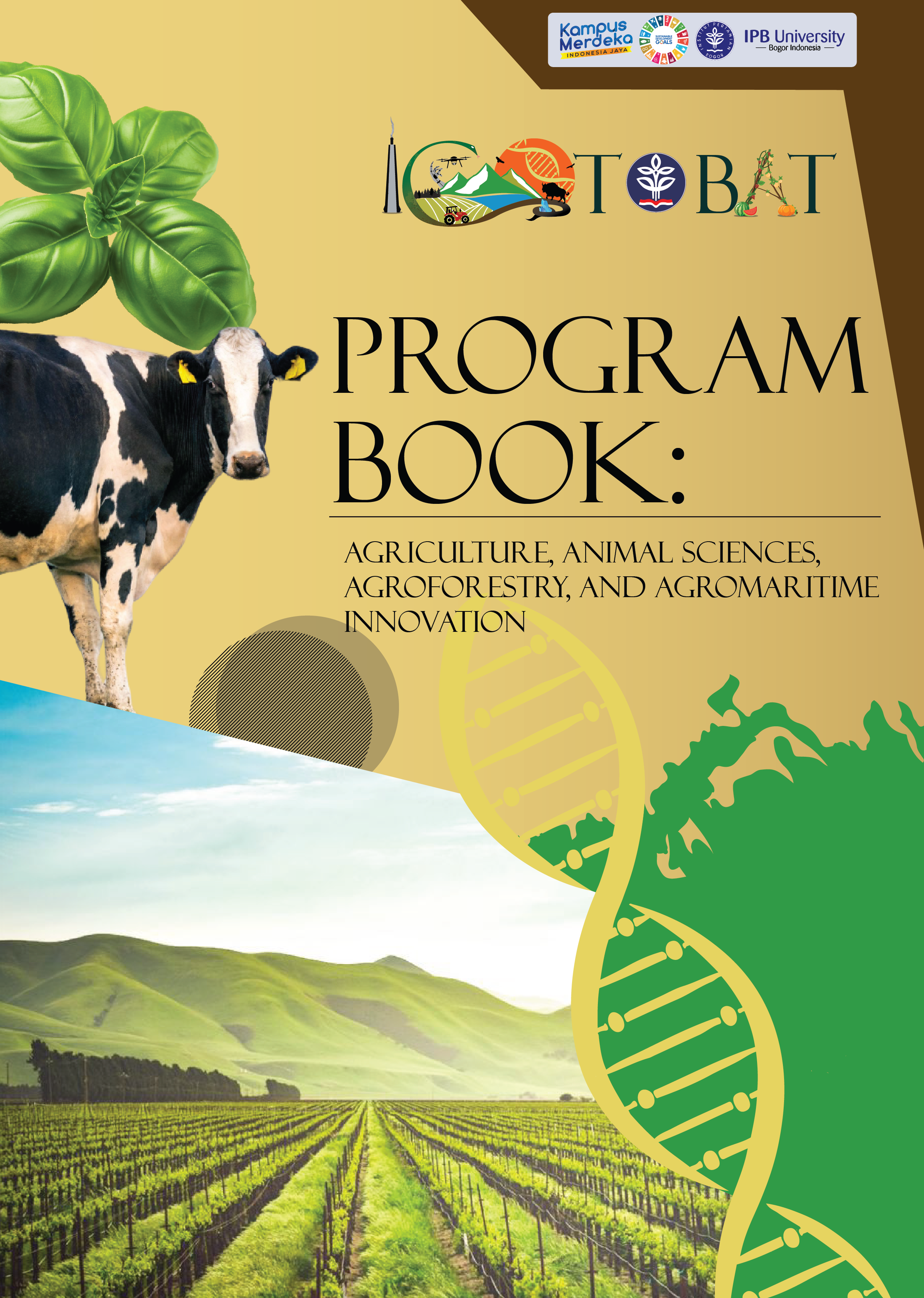Use of Merremia peltata to substitute Brachiaria mutica in ruminant diet: An in vitro study
Keywords:
Merremia peltata; microbial biomass; gas production; rumenAbstract
This study evaluated Merremia peltata (Mp) as a substitute for Brachiaria mutica (Bm) as the main source of fiber in the complete diet of ruminants. The treatments were as follows: T1, 60%Bm+40% Concentrate (C); T2, 40% Bm + 20%Mp + 40%C; T3, 20%Bm + 40%Mp + 40%C; and T4, 60%Mp + 40%C. Samples from each treatment were incubated with buffered rumen fluid at 390C for 72 h. Gas production was measured after incubation periods of 2, 4, 8, 12, 16, 24, 36, 48, 56, and 72 h. The apparent and true digestible organic matter (ADOM and TDOM) were measured after 72 h of incubation. Both were then used to calculate microbial biomass (MBO) and nitrogen (MN). The rate and total gas production from the fermentation of potentially degradable feed fractions in the rumen increased quadratically (P<0.05) with increasing levels of Mp in the complete ration. TDOM, MBO, and MN increased linearly (P<0.01) with increasing Mp in the complete ration but had no significant effect (P>0.05) on ADOM. A positive interaction was observed between Bm and Mp, wherein the gas profile in the rumen was higher when both roughages were combined than when they were incubated alone. A total of 44% Mp is recommended for the diet.





























